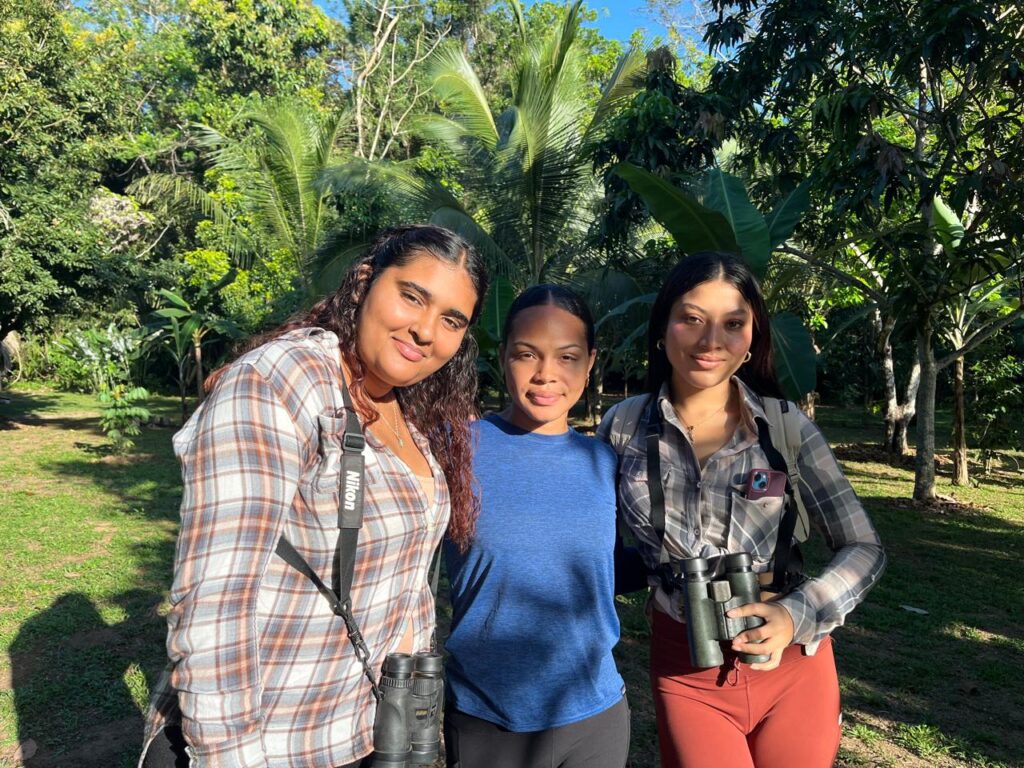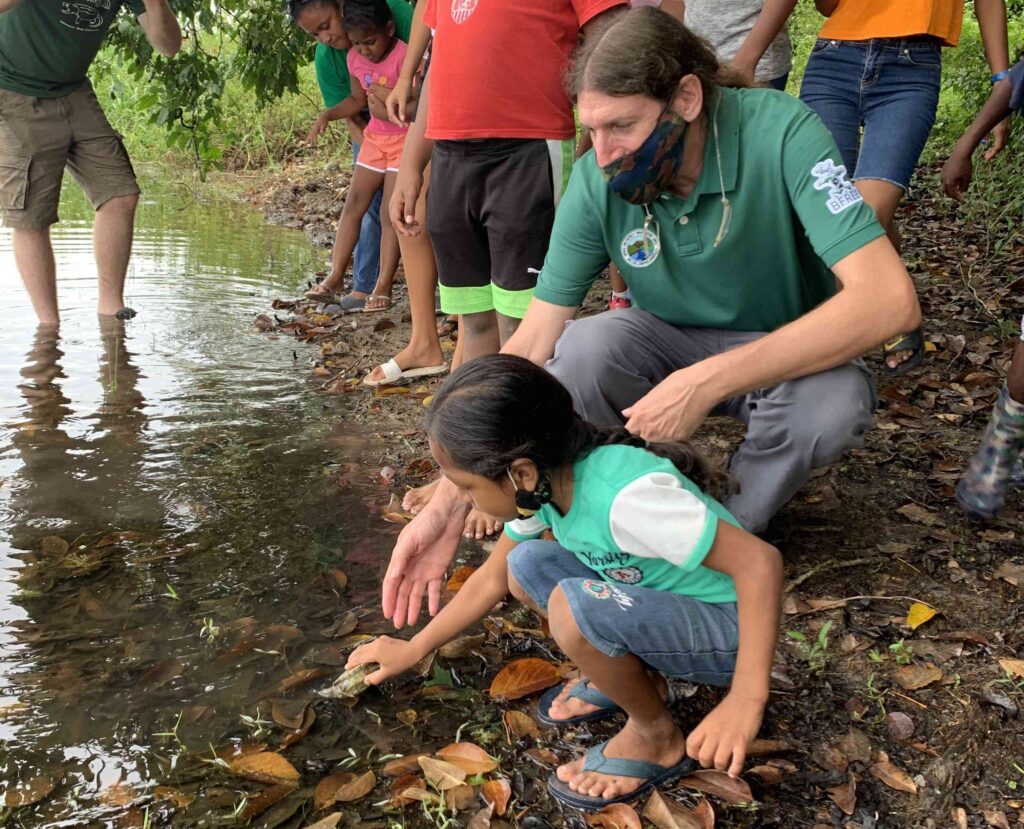Posts Tagged ‘hicatee’
My BFREE Experience
by Ashira Rancharan My time at BFREE was nothing short of magical. I’ve always loved nature, but being there felt different; I wasn’t just an observer and instead was a part of all that was happening. I’m someone who has always been a little hesitant about volunteering and afraid that I might not do things…
Read MoreDisney Conservation Hero – Thomas Pop
BFREE and our international partner in turtle conservation, Turtle Survival Alliance (TSA), are extremely proud to announce that Thomas Pop, manager of the Hicatee Conservation and Research Center was chosen as a Disney Conservation Hero. Tom has been recognized for over twelve years of tireless efforts to conserve the critically endangered Central American River Turtle,…
Read MoreHicatee Awareness Month Outreach Programs
The start of this October marked the beginning of the 7th annual Hicatee Awareness Month campaign. Kicking off this initiative, Barney Hall and I embarked on a journey to the western part of Belize, focusing our efforts on regions notorious for the harvesting of Hicatee turtles for consumption. Our initial step involved seeking permission from…
Read MoreThe Importance of Involving Local Communities in Conservation
By Jaren Serano I vividly recall my first time on the Belize River, navigating a canoe while assisting in population surveys for a Hicatee assessment. Despite my Belizean upbringing, my familiarity was primarily inland, leaving the fishing communities’ way of life somewhat foreign to me. Engaging in river-based research marked my initial exposure to the…
Read MoreJaren Serano returns to BFREE as Dermatemys Program Coordinator
By Jaren Serano During my first stint at BFREE, I had the privilege of witnessing the positive impact that organizations like this have on land conservation, wildlife protection, and the conservation efforts among the local communities in Belize. When I joined as BFREE’s first Science and Education Fellow in 2017, I was immediately drawn to…
Read MoreHicatee Awareness Month
We are thrilled to announce this October as the First Annual Hicatee Awareness Month! To kick off the month, the Turtle Survival Alliance, BFREE and Wildlife Film Productions will be releasing an exciting documentary providing a rare glimpse of the critically endangered hicatee turtle on October 2, 2017. ‘Hope for Belize’s Hicatee: Central American River…
Read MoreHicatee Health Check
Between September 17 and 19, the Turtle Survival Alliance (TSA) team joined BFREE staff in Belize during mid-September to perform annual health checks on all of the turtles at the Hicatee Conservation and Research Center (HCRC). The team consisted of Dr. Shane Boylan and Dr. Thomas Rainwater who were joined by Dr. Isabel Paquet, a…
Read More


